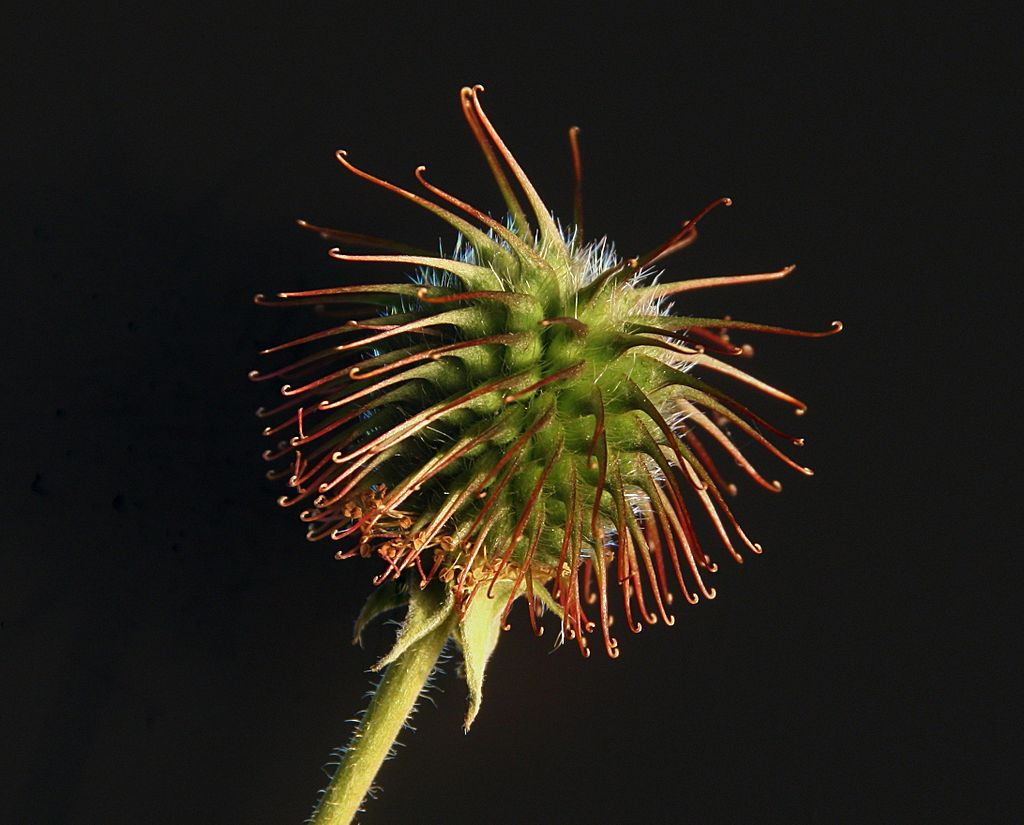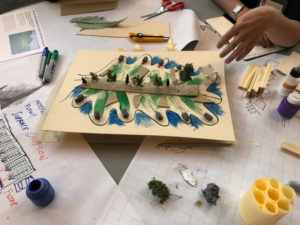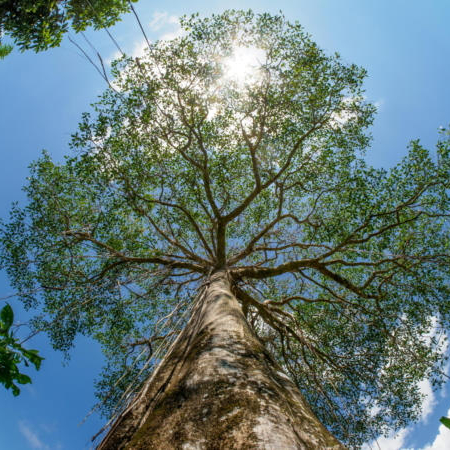Product Details
The term “biomimicry” was coined by ecologist and writer Janine Benyus in 1997. It comes from the Greek words bios meaning “life,” and memesis meaning “to imitate.” In recent years, biomimicry has grown into a formal approach that brings together professionals from many backgrounds — all who seek to emulate and apply the evolution-tested strategies of the planet’s most specialized experts in a way that plays within the rules of life.
After all, what better way to learn about growth and resiliency than from ants? Aren’t trees a prime model for cyclic processes, materials, and resource management? And dragonflies are an amazing example of fuel efficiency and structural regeneration. Why, the lessons are all around us, everywhere!
During this interactive presentation, you will
- Learn the essential elements of biomimicry through examples and activities you can take straight back to your classroom.
- Gain insight into this exciting discipline where biologists sit at the design table with architects, engineers, designers, and business leaders.
Discover how biomimicry can cultivate a space where both scientific inquiry and love for Nature are essential.
Help students of all ages discover that they can solve complex challenges now, and in the future, by observing and learning from the millions of Nature’s mentors around them.
Duration: 1 hour
Virtual, with your team
Fee: $1000
Maximum # of participants: Unlimited
In person*
Fee: $1200
*Victoria Area, Vancouver, Toronto Area, Southern Vermont, Mexico City
Other locations around the globe are possible with 6 weeks’ notice.
Did you know?
Biomimicry – The Burr and the Invention of Velcro
“Velcro was invented by George de Mestral in 1941 and was inspired by the burrs he found on himself and on his dog.” The photo above is a close-up of a burr that reveals the detail of its hooks, which are long tendrils that extend from the round body and taper off into very small curls. (Photo source: Zephyris, CC BY-SA 3.0, via Wikimedia Commons)
High Speed Train Inspired by the Kingfisher
“[E]ngineers looked to nature to re-design the bullet train. They noticed how kingfisher birds are able to slice through the air and dive into the water to catch prey while barely making a splash.”
Entropy®: Non-Directional Carpet Tiles (Biomimicry Case Study)
“In the heart of the forest, leaves lie randomly scattered at the behest of wind and gravity, softly carpeting the landscape. Inspired by the organized chaos of nature’s ground coverings, one carpet manufacturing company has developed a ground-breaking design that is revolutionizing the carpet tile industry.”



